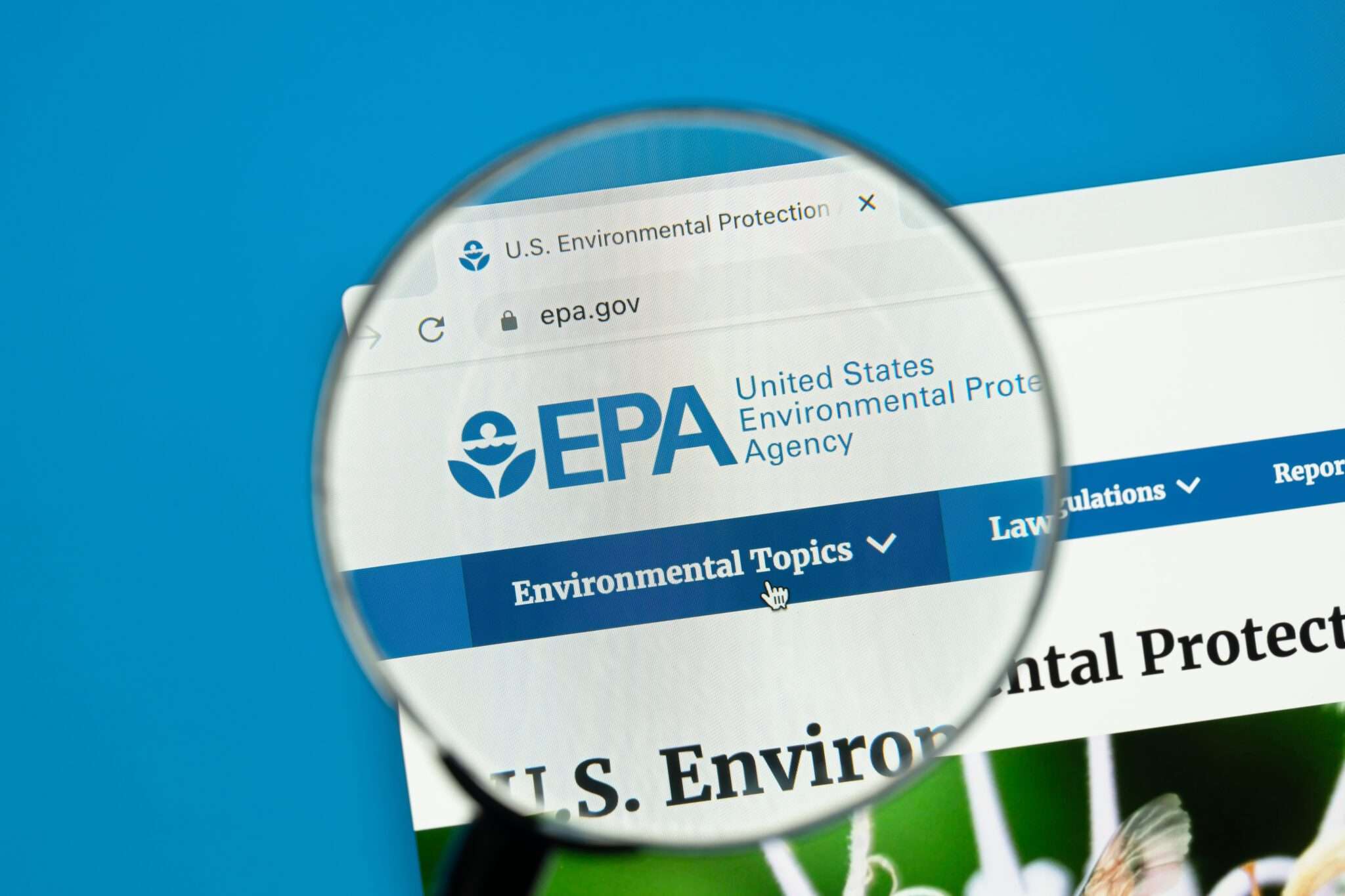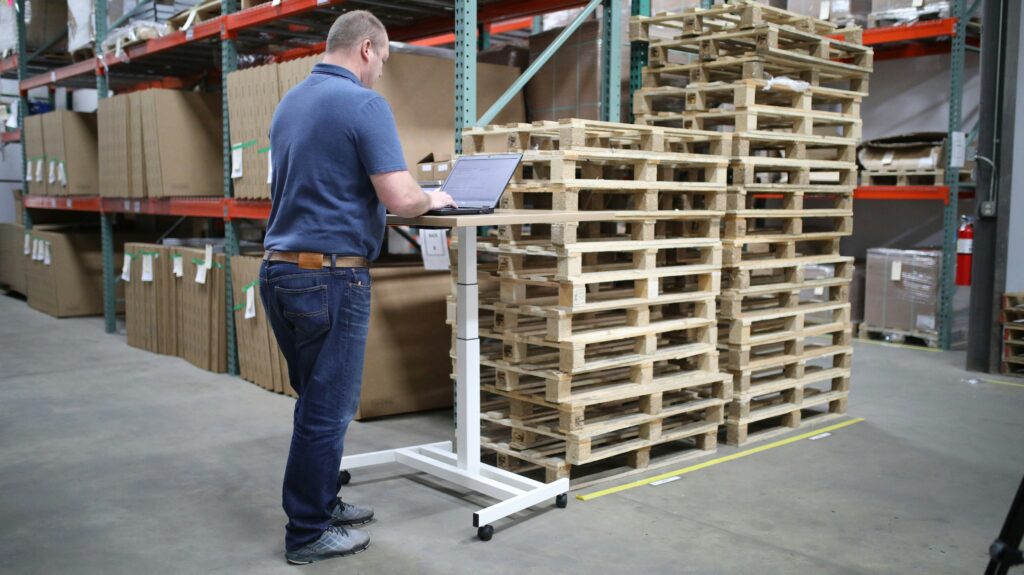The Environmental Protection Agency’s Risk Management Program (RMP) plays a vital role in protecting communities, workers, and the environment from chemical accidents. But when it comes to compliance, many manufacturers wonder whether this program applies to them. Understanding the scope of the EPA’s RMP, especially in light of recent updates, is key to staying compliant and minimizing risk. This blog explores what the Risk Management Program entails, which types of manufacturers are affected, and how Safety Data Sheet (SDS) management from TotalSDS can support your compliance efforts.
Understanding the EPA Risk Management Program
The EPA Risk Management Program was established under the Clean Air Act, Section 112(r), to reduce the frequency and severity of chemical accidents. Facilities that use or store specific hazardous substances above certain thresholds must develop and implement a risk management plan. This plan is submitted to the EPA and outlines how a facility will prevent and respond to chemical releases.
The program’s main goals are to:
- Identify and assess chemical hazards
- Prevent accidental releases through operational controls
- Minimize the consequences of releases through coordinated emergency response
A key element of this program is documentation—especially the role of SDSs in identifying hazardous substances and ensuring proper handling procedures are in place.
Core Components of Risk Management Program Compliance
Facilities subject to the EPA’s Risk Management Program are required to implement a comprehensive approach to chemical safety and emergency preparedness. The program outlines three primary components that must be included in every facility’s Risk Management Plan. Each element is designed to minimize the risk of chemical accidents and ensure a coordinated response if one occurs.
The three core components include:
Hazard Assessment
Facilities must evaluate the potential dangers posed by the chemicals they handle. This includes:
- Analyzing the potential impacts of an accidental release
- Documenting the facility’s chemical accident history over the past five years
- Modeling both worst-case and alternative release scenarios to understand their potential consequences
Prevention Program
The goal of this element is to proactively avoid chemical accidents through operational controls and safety systems:
- Developing safety protocols for equipment and operational processes
- Conducting regular training for all relevant employees
- Maintaining accurate operating procedures and ensuring mechanical integrity of critical systems
Emergency Response Program
When an incident does occur, facilities must be ready to respond effectively. This component ensures local coordination and preparedness:
- Coordinating with local emergency planning committees (LEPCs)
- Creating detailed emergency response plans tailored to the chemicals used onsite
- Providing proper training and equipment to internal emergency response teams or local responders
These three components work together to create a holistic approach to chemical safety. All information must be documented in a formal Risk Management Plan and submitted to the EPA at least once every five years—or earlier if significant changes to operations or chemical inventories occur.
Effective implementation of these elements not only ensures regulatory compliance but also significantly reduces the potential impact of chemical incidents on employees, nearby communities, and the environment.
Recent and Proposed Updates to EPA’s RMP
In 2024, the EPA finalized the Safer Communities by Chemical Accident Prevention (SCCAP) Rule, strengthening several aspects of the Risk Management Program in response to community safety concerns and climate threats. Notable updates include:
- Safer Technologies and Alternatives Analysis (STAA): Facilities in certain sectors must evaluate and document whether safer chemical processes or technologies are available.
- Enhanced Public Transparency: Facilities must share chemical hazard and accidental release information more openly with local communities.
- Third-Party Audits: After an RMP-reportable chemical accident, an independent third-party must evaluate the facility’s safety protocols.
- Climate Resilience Considerations: Facilities must assess how climate-related events (like floods or extreme heat) could affect their operations and risk levels.
The EPA may continue expanding the program’s scope in the coming years, with an emphasis on digital reporting, broader industry coverage, and enhanced enforcement.
Does the Risk Management Program Apply to All Manufacturers?
Not all manufacturers fall under the EPA’s Risk Management Program, but many may not realize how close they are to meeting the threshold for compliance. The RMP applies primarily to facilities that handle specific hazardous substances in quantities at or above defined regulatory thresholds. Understanding how your industry fits into this framework is essential to evaluating your compliance status.
Chemical Manufacturers
Chemical manufacturing facilities are among the most likely to fall under the EPA’s Risk Management Program. These operations typically involve the handling, processing, and storage of multiple hazardous substances — often in large volumes. Because of the nature of their operations, chemical manufacturers frequently exceed threshold quantities that automatically trigger RMP compliance requirements. These facilities must remain especially vigilant in monitoring inventory levels and ensuring accurate documentation for all regulated substances.
Chemical manufacturers face continually evolving industry challenges; learn about some of the biggest safety compliance mistakes made and how to solve them.
Food and Beverage Manufacturers
At first glance, food and beverage manufacturing may seem unrelated to chemical safety regulation. However, many of these facilities use anhydrous ammonia for large-scale refrigeration. If the amount stored on-site meets or exceeds the EPA’s threshold (typically 10,000 pounds), the facility becomes subject to the Risk Management Program. Even if the operation is otherwise low-risk, the presence of a single regulated chemical in sufficient quantity can bring a facility under the RMP umbrella.
Pharmaceutical and Biotech
Pharmaceutical and biotechnology manufacturers often work with a wide range of chemicals, including solvents, acids, compressed gases, and reactive compounds. While not all operations will exceed EPA thresholds, some may unintentionally cross the line due to the cumulative storage of various chemicals or through the scale of production processes. These facilities must pay close attention to the substances used in research, formulation, and manufacturing to ensure they’re not overlooking an RMP-triggering quantity.
Electronics and Metal Manufacturing
Facilities involved in electronics production or metal processing frequently use chemicals such as hydrochloric acid, nitric acid, and other plating agents. Depending on the volume and method of storage, these substances can exceed RMP thresholds. Even if the total inventory is spread across multiple processes, the aggregate volume may still require compliance. Routine chemical audits are crucial in these industries to evaluate current status against regulatory limits.
Small Manufacturers
Smaller manufacturing operations often assume they are exempt from EPA regulations like RMP, but that’s not always the case. While many small manufacturers operate below threshold levels, business growth or changing product lines can increase chemical use over time. In some cases, even a single bulk delivery or expansion in operations can push a facility over the threshold. Small manufacturers should regularly review their inventory and processes to stay proactive about compliance.
Importers and Distributors
Businesses that primarily import or distribute chemicals are usually not engaged in manufacturing, and therefore often consider themselves exempt from RMP. However, if they store large quantities of regulated substances—especially in bulk tanks or warehouses—they may still be subject to the rule. Storage alone, if it surpasses threshold levels, is enough to require a Risk Management Plan, regardless of whether the facility alters or processes the substances.
Understanding how your specific operations intersect with these thresholds is the first step toward determining whether the program applies to your facility. Even if your business is currently exempt, changes in scale, chemical usage, or storage practices could quickly shift your compliance status. Conducting regular reviews and using tools like TotalSDS Manager can help you stay ahead of these changes and reduce the risk of noncompliance.
Threshold Quantities: What Triggers the Rule
The EPA maintains a list of over 100 regulated substances along with the corresponding threshold quantities that trigger RMP compliance. These include:
- Toxic substances, such as chlorine (2,500 lbs) or anhydrous ammonia (10,000 lbs)
- Flammable substances, such as propane or ethylene (10,000 lbs or more)
- High-risk chemicals, such as hydrogen fluoride or formaldehyde
If a facility stores or uses any of these substances in quantities that meet or exceed the threshold, it becomes subject to the Risk Management Program.
This is why accurate and detailed SDSs are essential—they help you identify and track these chemicals so you can stay ahead of potential regulatory issues.
The Role of SDS Management in EPA Compliance
SDSs are foundational to both EPA and OSHA compliance, serving as the primary source of information about chemical hazards, safe handling procedures, and emergency response planning.
TotalSDS Author supports EPA Risk Management Program (RMP) compliance by helping manufacturers create accurate, regulation-ready SDSs tailored to hazardous substance requirements. Key ways TotalSDS Author contributes to RMP compliance include:
- Hazard identification: Ensures correct classification of chemicals based on the EPA’s regulated substance list, a critical first step in determining RMP applicability.
- Threshold data capture: While not a threshold tracking tool, TotalSDS Author captures threshold quantities for listed substances, equipping manufacturers with the data needed to evaluate compliance status.
- Emergency planning alignment: Accurately authored SDSs include vital chemical properties that inform emergency response strategies and planning.
- Audit preparedness: Facilitates consistent, complete SDS documentation, supporting readiness for EPA inspections and third-party audits.
When used in tandem with TotalSDS Manager, organizations can centralize authored SDSs, streamline distribution, and coordinate compliance efforts across teams and locations.
Together, TotalSDS Author and TotalSDS Manager offer a robust solution for SDS creation and management—helping manufacturers meet EPA and OSHA requirements with confidence.
Steps Manufacturers Should Take Now
If you’re unsure whether the Risk Management Program applies to your operations, here’s what you should do:
- Review your chemical inventory: Compare your list of substances with the EPA’s regulated substance list.
- Assess quantities: Determine whether your current storage volumes exceed any threshold limits.
- Audit your SDSs: Make sure all safety data sheets are accurate, up to date, and complete.
- Establish or update your risk protocols: Evaluate your hazard assessments, prevention measures, and emergency plans.
- Partner with experts: Leverage solutions like TotalSDS Author & Manager to streamline compliance and minimize risk exposure.
Even if your facility isn’t currently subject to RMP, regulatory thresholds can shift, and your operations may grow. Staying ahead now is a smart strategy.
Staying Ahead of Risk Management Requirements
Staying prepared with accurate, up-to-date SDSs and a clear understanding of regulated substances is essential for chemical safety and regulatory confidence. TotalSDS Author empowers manufacturers to create fully compliant SDSs that support EPA Risk Management Program requirements—from hazard classification to threshold data capture and emergency planning details.
Paired with TotalSDS Manager, you can centralize your documentation, streamline SDS distribution, and coordinate compliance across your organization.
If you’re ready to take control of your chemical compliance strategy, TotalSDS offers the tools and expertise to help you every step of the way.


